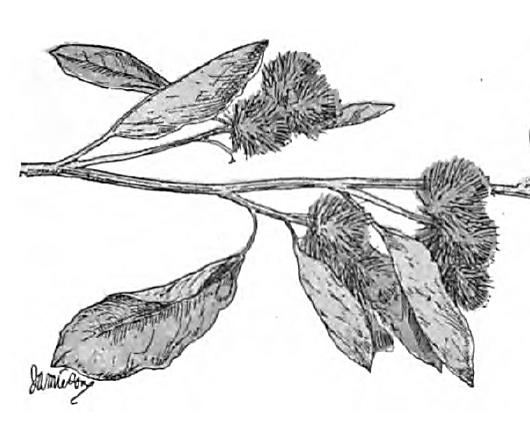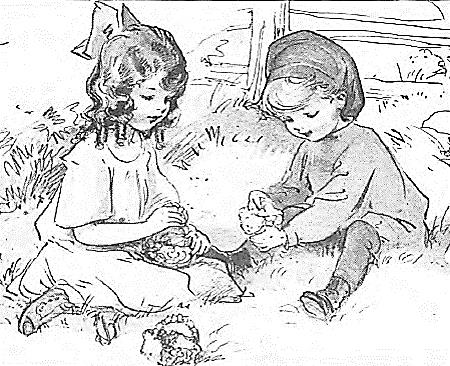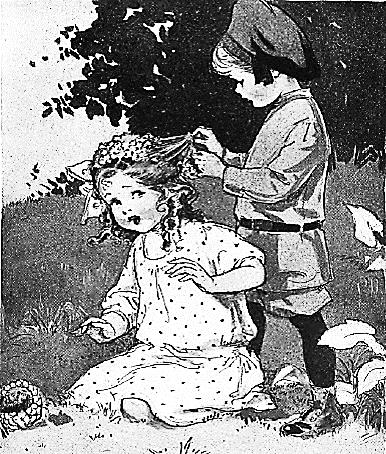 Peter and Polly Series
Peter and Polly
Peter and Polly Series
Peter and Polly




 Peter and Polly Series
Peter and Polly
Peter and Polly Series
Peter and Polly

Study the lesson for one week.
Over the week:
In the story, Peter and Polly construct items out of a plant called a Burdock. A plant is a living organism, typically with roots, stems, and leaves. Examples include trees, shrubs, herbs, grasses, ferns, and mosses.
External anatomy of plants:
Activity 1: Narrate the Story
Activity 2: Morphology of a Burdock Plant
Objective:
Examine and sketch the morphology of a Burdock plant
Materials:
Pencil and paper.
Procedure:
